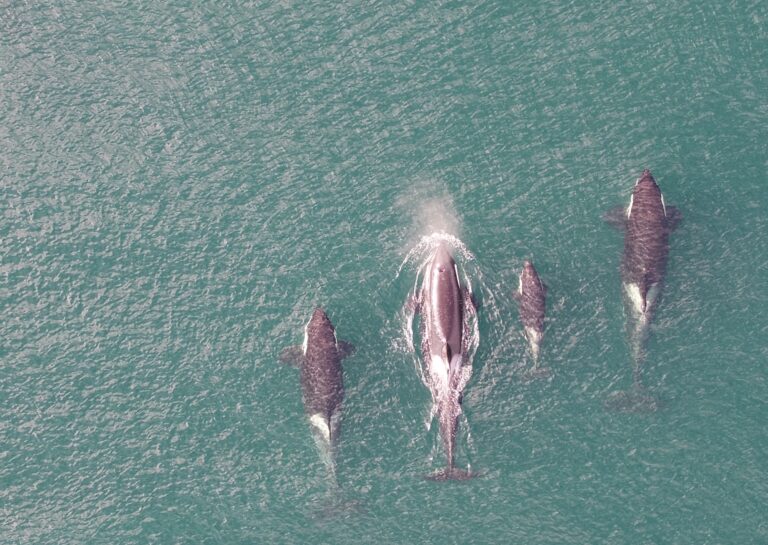UBC releases 2017 animal research statistics
The University of British Columbia’s summary of animals involved in research at the university in 2017 is now posted online here as part of UBC’s overall commitment to openness and transparency.

The University of British Columbia’s summary of animals involved in research at the university in 2017 is now posted online here as part of UBC’s overall commitment to openness and transparency.
This is the eighth consecutive year the university has published the data. UBC is one of only three Canadian universities to publish animal research statistics annually.
The data is collected annually for UBC’s yearly report to the Canadian Council on Animal Care (CCAC), a national organization that oversees the ethical use of animals in science.
The CCAC awarded UBC a Certificate of Good Animal Practice in 2016 recognizing the quality of animal care and research at the university. That assessment also commended UBC for the transparency of our animal research program.
“Research involving animals at UBC is helping us to understand, and come closer to treatments for, devastating diseases and medical conditions that afflict millions of Canadians and countless others around the world. The work is also crucial in improving animal health and understanding animal behaviours through observation and tracking,” said Gail Murphy, UBC vice president, research and innovation.
All procedures involving animals must be reviewed and approved by the university’s Animal Care Committee, which is made up of research experts, licensed veterinarians and a diverse range of community representatives.
In addition to sharing statistics, UBC provides a virtual tour of its animal care facilities here. For information on UBC’s 2017 animal research statistics, visit: animalresearch.ubc.ca
BACKGROUND | UBC 2017 ANIMAL RESEARCH STATISTICS
Animals involved in UBC research in 2017
In 2017, 171,169 animals were involved in 502 research and teaching protocols at UBC. That’s an increase of two per cent since 2016 when 167,019 animals were involved in 486 research and teaching protocols.
Approximately 96 per cent of animals involved in UBC research were rodents, fish, reptiles and amphibians.
The number of animals in most species groups increased from 2016 with the exceptions of rodents, and large mammals.
The number of large mammals involved in research decreased to 2,546 in 2017 compared to 10,385 in 2016.
The majority (57 per cent) of animals in research at UBC remains rodents, but that number also fell to 97,458 in 2017 from 100,888 in 2016 as researchers continue to shift to animals at a lower evolutionary level, such as fish.
The number of animals in research involving breeding was 10,956 in 2017, compared to 3,192 in 2016. Under the category of breeding we are now more accurately recording only those animals where breeding is the research project.
More than 54 per cent of the animals (92,625) were involved in procedures that cause less than minor or short-term stress (CCAC Categories of Invasiveness B and C). These include observations of animal behaviors, blood sampling, tagging and tracking of wild animals.
In Category D (moderate to severe distress) there was an increase of 1.2 per cent in the number of animals in 2017 compared to 2016.



